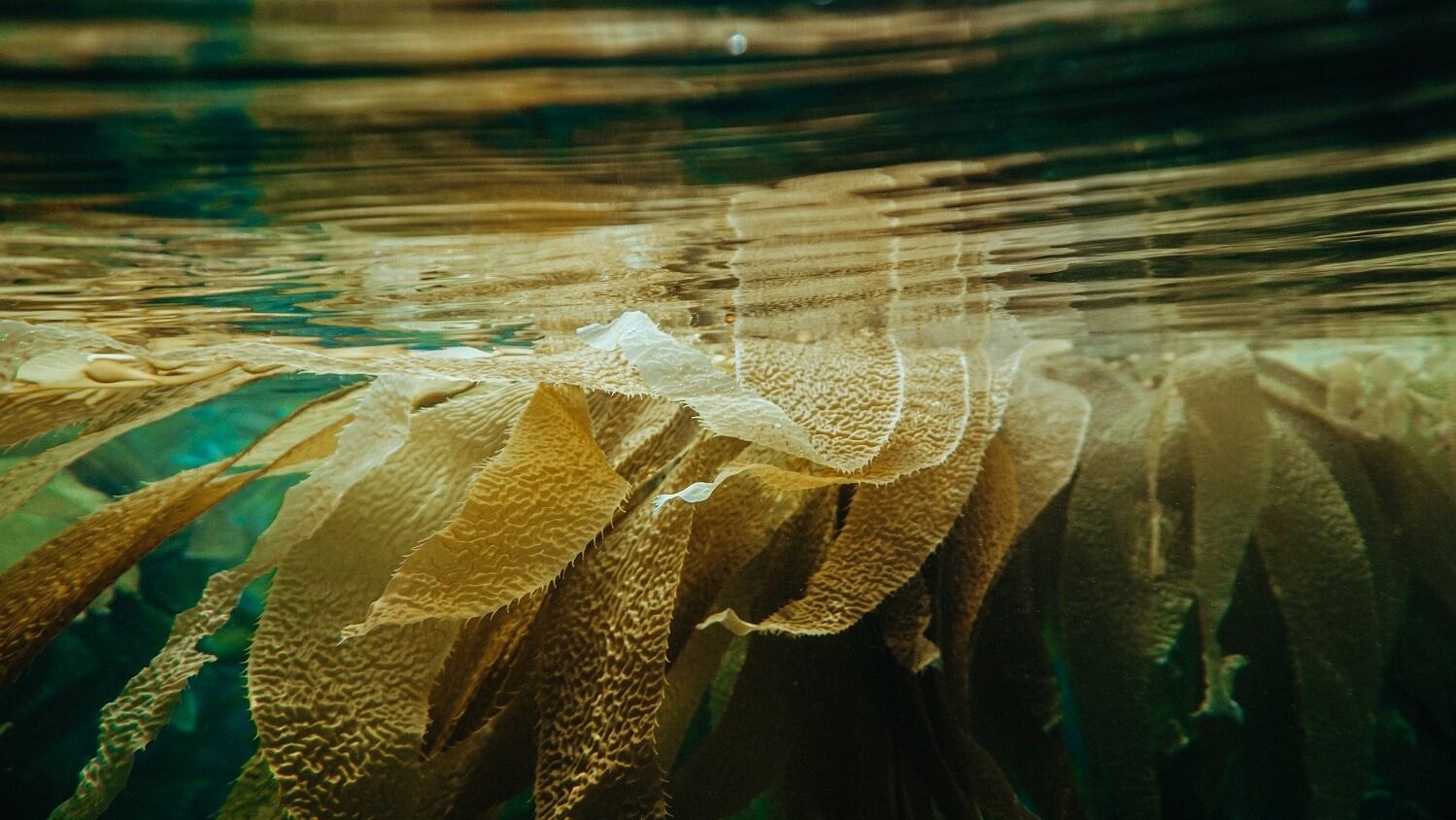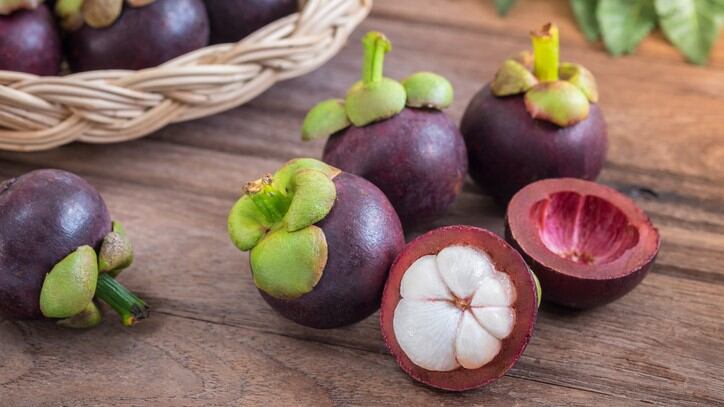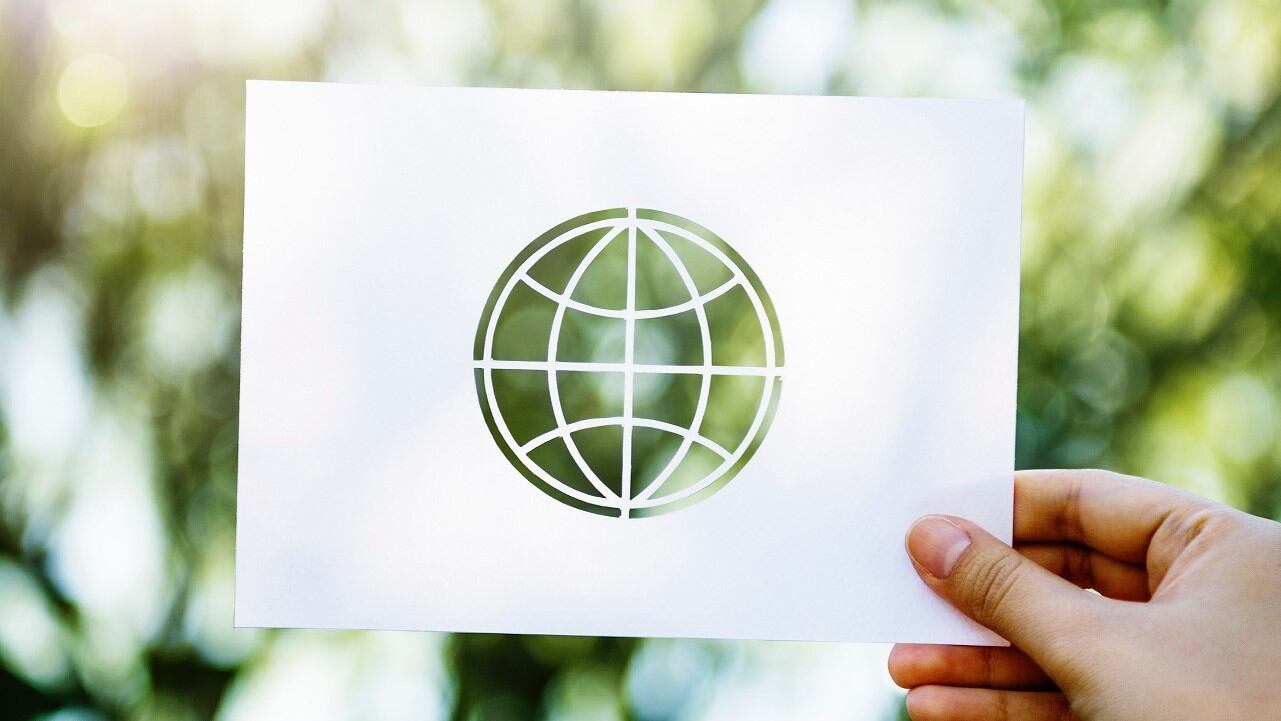The Swiss firm was at CITE Japan in May to debut the new active in Asia.
Vincent Gass, global head of marketing, business unit industrial & consumer speciality of Clariant, believes Epseama will resonate with Japanese beauty consumers and manufacturers.
He estimated that 33% of the Japanese population was over 60 and expected the number to rise to 41.7% by 2050.
Additionally, Japan’s female population have one of the longest life expectancy rates, increasing the consumer demand for anti-ageing cosmetic products.
“Skin maintenance is crucial to Japanese women, 90% of them use cosmetics, compared to 5% for men. Since Japan is a country with a low birth rate, claims are usually tuned to the ageing population,” said Gass.
A new approach to anti-ageing
Epseama targets long non-coding RNA, dubbed NC886, which was found to be a key player in skin rejuvenation.
According to Clariant, increasing nc886 production can prevent skin damage and improve wrinkles, roughness and dehydration on the skin.
“Understanding the biological processes that influence skin ageing processes makes us better placed to focus our innovation on advanced ingredients to delay it,” said Gass.
He added: “By uniquely targeting nc886, Epseama offers formulators a new source of rejuvenation erasing age-related and photo-related signs, tackling the true causes of skin ageing with an ingredient derived from the sea.”
Gass highlighted that Epseama performed well in clinical trials conducted on 19 women that were over 50.
“We found better homeostasis between dermis and epidermis, better hydration of the skin in general and a direct contribution of NC886 stimulation leading to a reduction of PKR protein, usually known for being involved in the chrono-, photo- and inflamm- ageing processes.”
After four weeks, the active reduced nasolabial wrinkles and dark spots by 19% and 10% respectively. Skin moisture levels increased by 14.2%.
According to Gass, Epseama had the potential to lift away 18 years of ageing away from the skin.
“This presents a big opportunity for Epseama to contribute new approaches to ageing and wellness,” said Gass.
Sustainability
Epseama is derived from Laminaria japonica, a brown seaweed known as Kombu that is widely consumed in Japan.
The natural and sustainable nature of the ingredient makes it a good fit for the Japanese market.
“Consumers are more educated and want more transparency about the formulations that they buy. Which basically means no questionable ingredients that are getting unpopular or under regulatory pressure,” said Gass.
He added: “Besides the composition of products, consumers are also seeking for transparency on the way ingredients have been sourced, to secure an ethical and sustainable balance in the value chain.”





